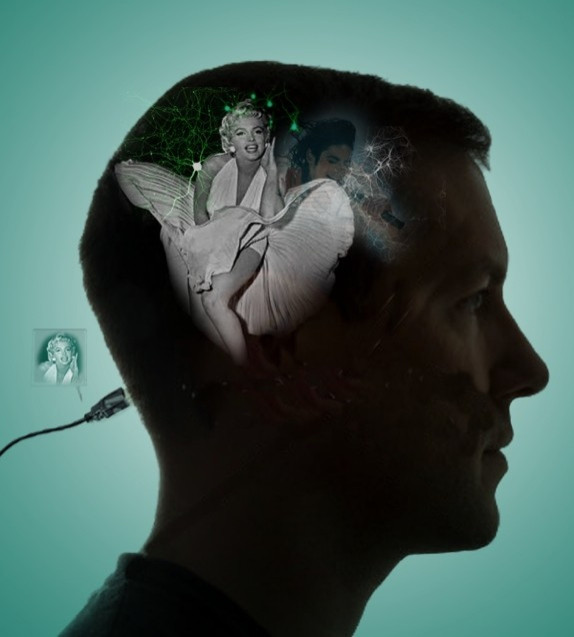Forget touchpads, thought-pads are coming

May be in next few years touchpad screens will become obsolete and would be replaced by thought-pads. Researchers have found it is possible to manipulate complex visual images on a computer screen using only the mind.
The study, which was funded in part by the National Institutes of Health, found that when research subjects had their brains connected to a computer displaying two merged images, they could force the computer to display one of the images and discard the other.
The signals transmitted from each subject's brain to the computer were derived from just a handful of brain cells, according to the study, which was published in Nature.
The study could mark a significant progress in the development of brain-computer interfaces (BCIs), devices that allow people to control computers or other devices with their thoughts.
The subjects were able to use their thoughts to override the images they saw on the computer screen, said the study's lead author, Itzhak Fried, a professor of neurosurgery at the University of California, Los Angeles.
The study involved 12 people with epilepsy who had fine wires implanted in their brains to record seizure activity. In this study, the wires were inserted in the medial temporal lobe, a brain region important for memory and the ability to recognize complex images, including faces.
While the recordings from their brains were transmitted to a computer, the research subjects viewed two pictures superimposed on a computer screen, with each picture showing a familiar object, place, animal or person.
The subjects were told to select one image as a target and to focus their thoughts on it until that image was fully visible and the other image faded away. The monitor was updated every one-tenth of one second based on the input from the brain recordings.
As a group, the subjects attempted this game nearly 900 times, and were able to force the monitor to display the target image in 70 percent of these attempts. Subjects tended to learn the task very quickly, and often were successful on the first try, researchers said.
Researchers also found that when subjects played the image-switching game, their success appeared to depend on their ability to power up cells that preferred the target image and suppress cells that preferred the non-target image.
This is a novel and elegant use of a brain-computer interface to explore how the brain directs attention and makes choices, said Debra Babcock, a program director at National Institute of Neurological Disorders and Stroke.
Meanwhile, this type of technology could be extremely useful for helping paralyzed individuals to communicate or control prosthetic limbs. But in this study, BCI technology is only used as a tool in understanding how the brain processes information, and especially to understand how thoughts and decisions are shaped by the collective activity of single brain cells.
Previous studies on BCIs have shown that it is possible to perform other tasks, such as controlling a computer cursor, with just a few brain cells. However, the task here was more complex and might have been expected to involve legions of cells in diverse brain areas needed for vision, attention, memory and decision-making.
© Copyright IBTimes 2025. All rights reserved.





















